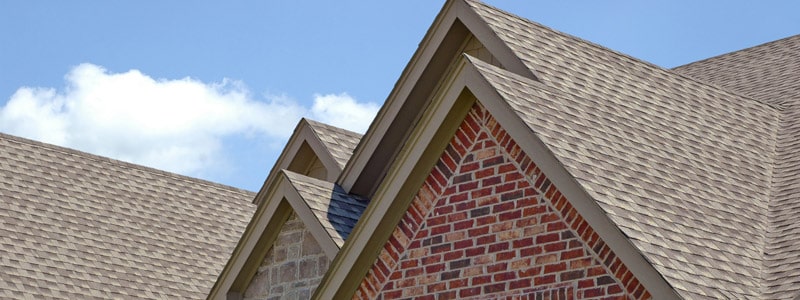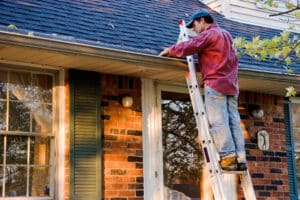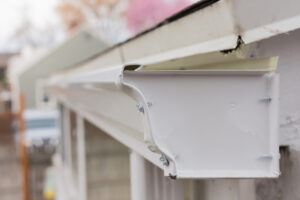There are many components to a roof, and there are parts of roofs and exterior walls that are prone to leaks and water damage. Moisture can be a roofs worst enemy. Areas prone to water damage include:
- Roof valleys – The intersection between a dormer wall and the roof surface.
- Chimney and skylight perimeters – These are nearly anywhere runoff is heavy, or is where two opposing surfaces meet.
One of the ways to fight leaks and water damage is with roof flashing. Roof flashing is used to prevent water leakage and extends the overall life of the roof. It’s typically piece of sheet metal made from aluminum or galvanized steel. Copper or stainless steel can be used, as well as PVC-based plastic flashing. The materials shouldn’t be prone to rust since they often need to endure stresses from weather conditions. The material does need to be weather resistant, low maintenance, sturdy, and highly durable.
The material is often placed over joints in the roof and wall construction to prevent water from seeping in and entering the home by helping to direct the flow of water around openings. Roof flashing will usually be around valleys, pipes and chimneys, vent stacks, fan vents, and around dormer windows or skylights. When properly installed, flashing material directs water down the roof and to the ground.
Flashing is formed or soldered into various shapes depending on what job it has to do. The main types of roof flashing are:
- Chimney flashing – This is applied around the base of a chimney.
- Continuous flashing – This protects the joint between a vertical wall and a sloped roof.
- Drip Edges – Applied under roofing felt along eaves and over roofing felt along rakes, this prevents water from seeping under roofing along these areas.
- Vent pipe flashing – Prevents leaks from occurring where pipes penetrate the roof’s surface.
- Skylights – These often have their own integral flashing. If not, their curbs are flashed with continuous flashing along the base, step flashing up the sides, and saddle flashing across the top.
- Step flashing – Steps up a roof to protect where the roof meets the side walls o dormers, chimneys, and some skylights. This consists of a series of right-angled metal pieces. Each section is worked into a course of shingles so it overlaps the section beneath it.
- Valley flashing – This protects the valleys where two roof planes meet. It is a W-shaped channel that is placed over the top of building felt before the roof’s finishing material is installed.
- Vent pipe flashing – This fits over flues and over pipes. It is cone-shaped with aflange at the base. It is worked into the shingles as the roofing is applied.
One of the main causes of roof leaks is a fault in the roof flashing, typically due to flashing that is deteriorating due to weathering and oxidation. Flashing that has come loose can cause a problem as well. Most flashing problems can be patched or repaired by professional roofers.
If you have an issue with your roof flashing, or want to schedule an evaluation with a trained roofing specialist, call Adam Vaillancourt Roofing at 603-673-0006.




